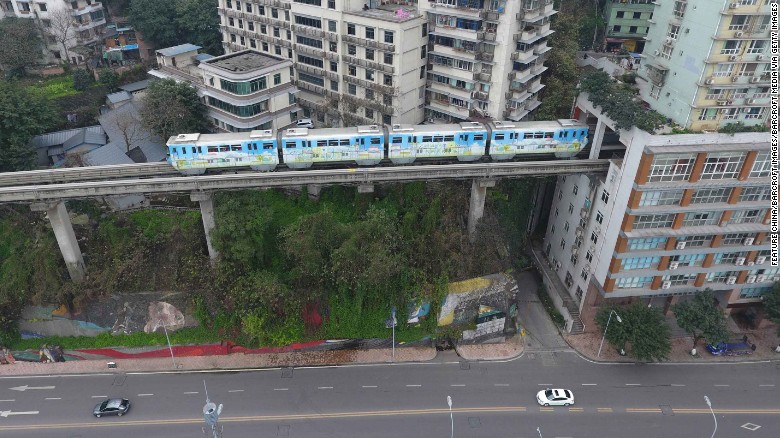The Citizen's Guide to the Future
Jan. 22 2016 11:03 AM
Don’t Walk on Escalators. It’s Faster if Everyone Stands.
By
Lily Hay Newman
[...]
Usually people naturally create two paths on escalators. One (to the right in the United States) is for standing, and the other is for walking. The
Guardian reports, though, that during a three-week trial at the Holborn Tube Station (a transfer station used by
56 million people per year) in November, staffers from the municipal group Transport for London attempted to disrupt this norm. Employees used megaphones to ask people not to walk on the escalators. They sent unmoving staffers up and down the escalators to block walking traffic. They even asked couples to stand next to each other and hold hands to discourage the usual walking lane.
Research from the University of Greenwich in 2011 indicated that on average about 75 percent of people will stand on escalators while the other 25 percent walk. Right away you can see how reserving half of an escalator's real estate for only one-quarter of the people who use it might not make sense. And people tend to create more following distance on the walking side of the escalator versus the standing side. Transport for London's simulations preliminarily showed that using a whole Holborn Station escalator for standing would allow 31.25 more people per minute to board the escalator (112.5 people on the escalator per minute versus 81.25 people per minute with a walking lane).
In fact the three-week experiment in2015 had even better results than the Transport for London researchers predicted based on the Greenwich research. For example, one escalator that normally transported 12,745 people between 8:30 and 9:30 a.m. on a typical week was able to move 16,220 because of standing rules. But the
Guardian reports that commuters pushed back, calling the trial “stupid” or yelling, “This isn’t Russia!”
The approach asks people to do something they are often bad at: delaying instant gratification in the interest of a greater good. A lot of the benefit of universal standing has to do with reducing the bottleneck at the entrance to escalators. The more people can get on per minute, the less time they have to wait to get on in the first place. For walkers this may not intuitively feel like a worthwhile trade-off, though. And creating specific sides for walking/standing is a very ingrained behavior.
Michael Kinsey, a fire engineer who co-authored the 2011 study and has been working on escalator safety at the British consulting firm Arup, told
Slate that attempting to change rider behavior for short escalators may not be worth it. “However, for longer escalators, more people typically prefer to ride due to increase in energy expenditure/physical ability of walking,” he said, “Which means less people are using the walker lane. ... So for longer escalators, if the main aim is to increase escalator capacity, then asking people to ride on both sides will achieve this.” [...]






